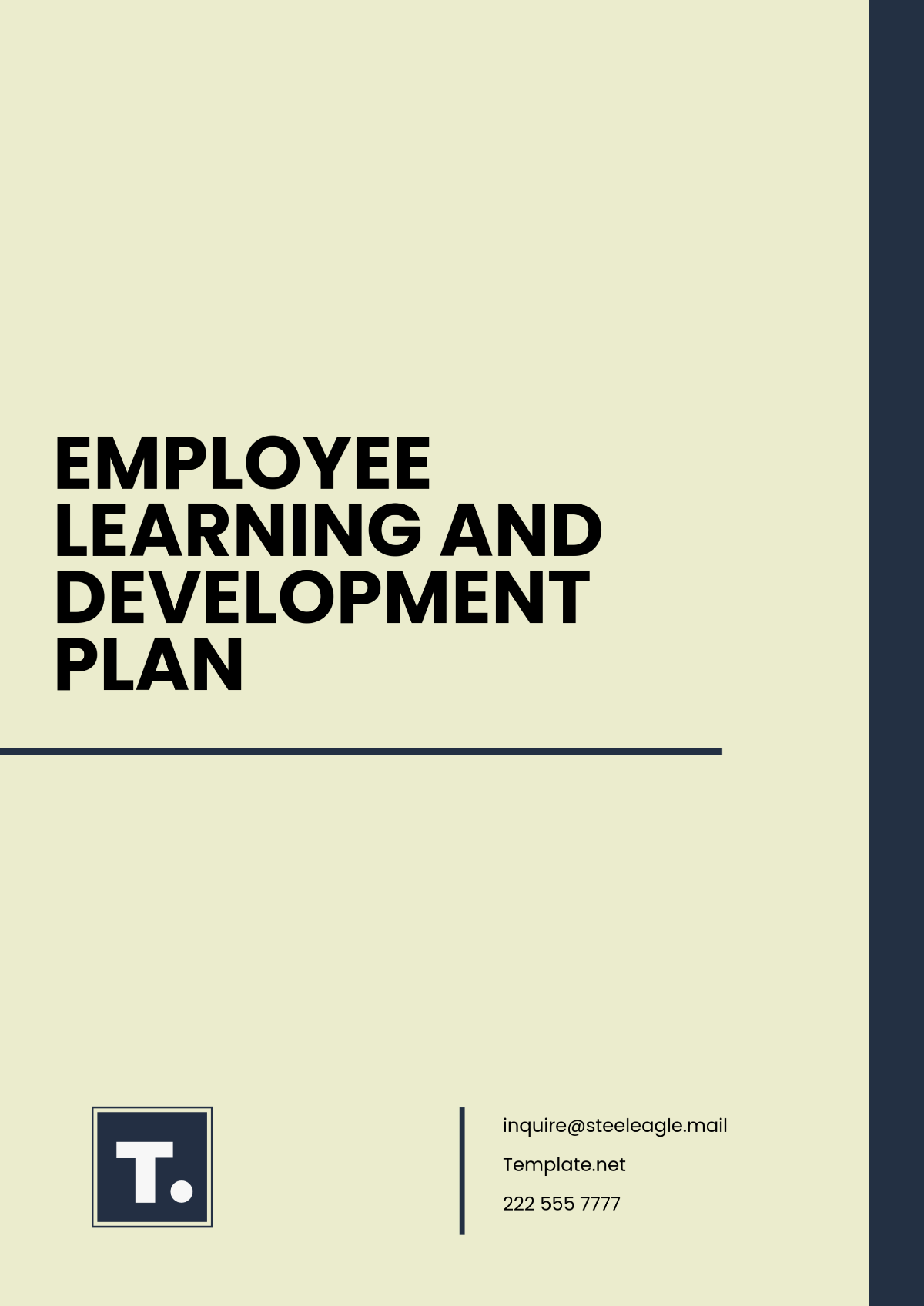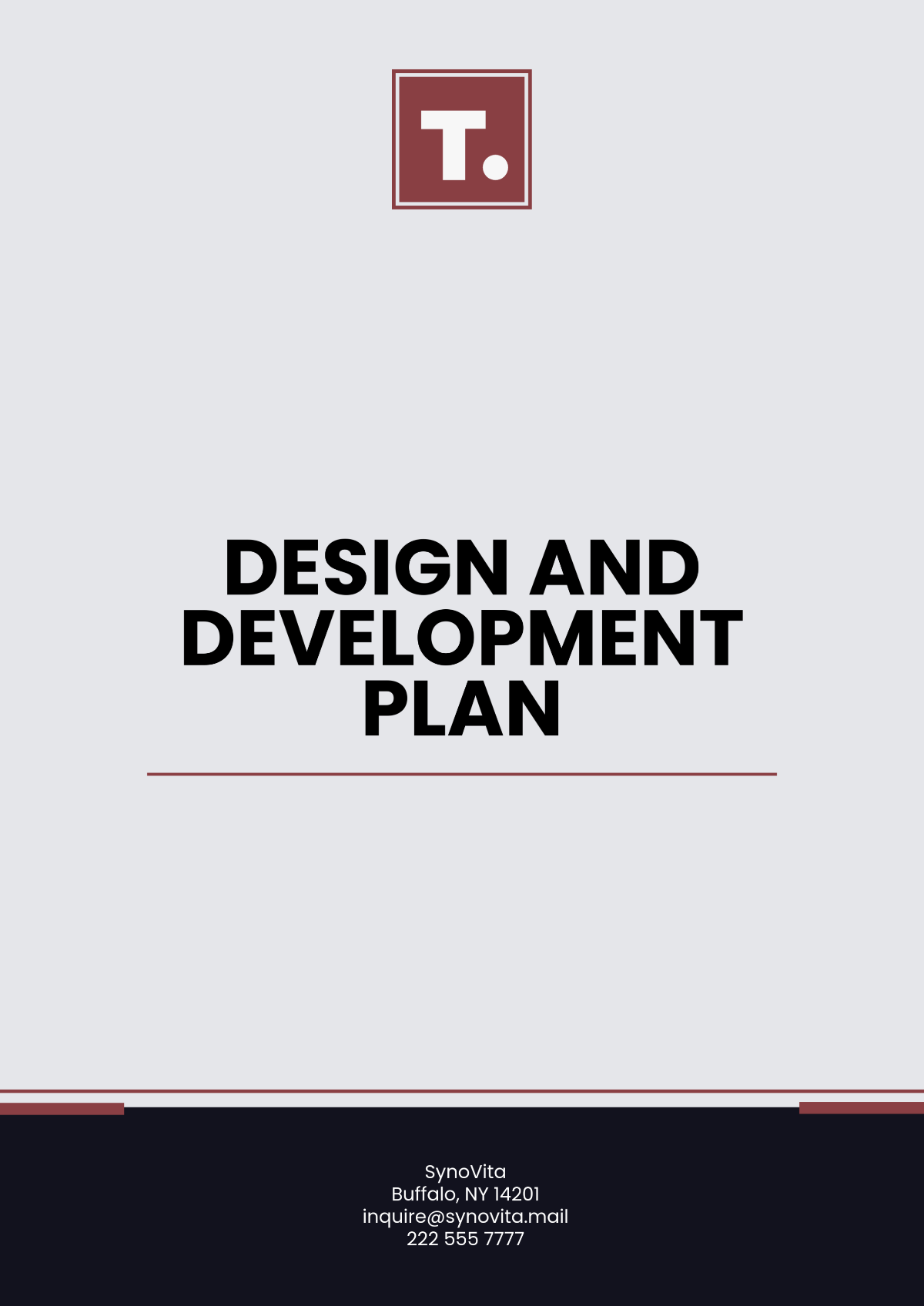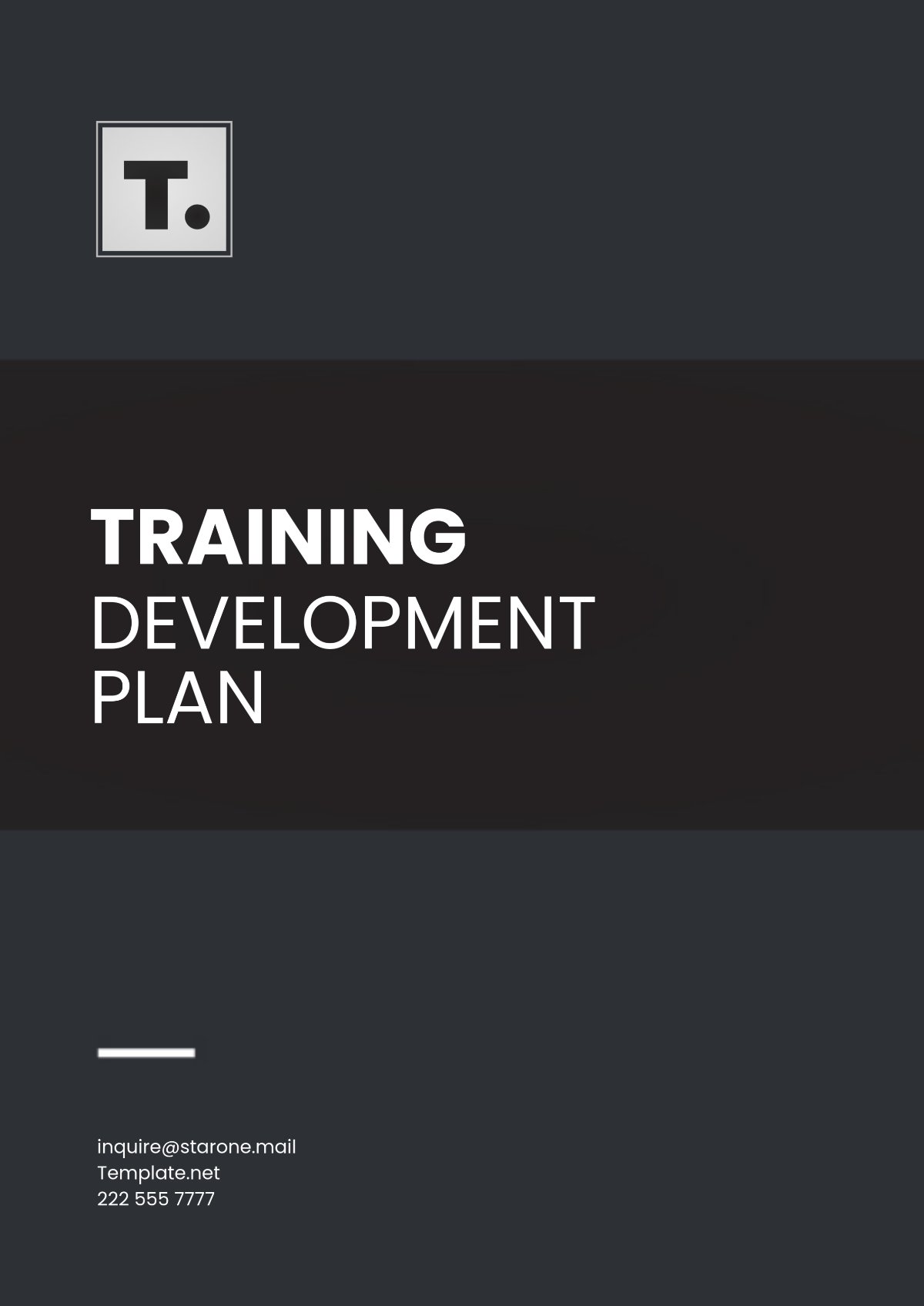Amusement Park Plan
I. Introduction
Planning an amusement park involves careful consideration of various elements, including safety, entertainment value, and visitor experience. An effective amusement park must cater to a diverse audience, providing attractions that engage visitors of all ages while ensuring their safety and well-being. In today's competitive entertainment landscape, it is essential to create a unique and memorable experience that keeps guests coming back, all while adhering to local, state, and federal regulations. This comprehensive plan will serve as a guiding document for [Your Company Name], outlining key strategies and operational procedures necessary to design and manage a successful amusement park.
To achieve the goal of creating a fun, safe, and enjoyable environment for all visitors, [Your Company Name] will prioritize the implementation of stringent safety protocols, state-of-the-art attractions, and excellent customer service. By integrating best practices in park design and operations, we will ensure that our guests have a positive experience from the moment they arrive until they leave. This plan will cover essential aspects such as site selection, attraction planning, staff training, marketing strategies, and ongoing maintenance. Our commitment to quality and safety will position [Your Company Name] as a leader in the amusement park industry, delivering unforgettable memories for families and thrill-seekers alike.
II. Location Analysis
A. Criteria for Location Selection
Choosing the right location for [Your Company Name]'s amusement park is vital for its success. The following criteria will guide the selection process, ensuring the site meets operational needs while appealing to the target audience. A well-considered location will enhance accessibility, demographic alignment, competitive positioning, regulatory compliance, and community engagement, ultimately fostering a thriving entertainment destination that attracts visitors year-round.
Location Criteria
Accessibility
Ensure the park is easily reachable via major highways, public transport, and nearby airports. Ample parking should be available to accommodate a large number of visitors.
Demographics
Analyze the local population to identify target audience segments. Key factors include age, income levels, and family composition, which influence attraction types and marketing strategies.
Competition
Assess existing amusement parks and entertainment venues in the area. Understanding competitors' offerings helps identify market saturation and reveals opportunities for differentiation.
Weather Conditions
Evaluate the local climate for suitability, aiming for favorable weather year-round to maximize visitor attendance and operational days.
Urban Proximity
Select a location near urban centers to tap into larger, diverse populations. Close proximity to hotels and restaurants can enhance visitor convenience and spending.
Zoning and Regulations
Ensure compliance with local zoning laws and regulations. Assess the potential for community support or opposition, which can impact development timelines.
Infrastructure
Verify the availability and quality of utilities (water, electricity, sewage) and local road networks. Good infrastructure supports efficient park operations and visitor experience.
Environmental Considerations
Assess natural features and landscapes for aesthetic and functional benefits. Evaluate the potential environmental impact and opportunities for sustainable practices.
Economic Factors
Analyze regional economic stability and growth potential. A robust local economy can lead to increased disposable income and willingness to spend on entertainment.
Community Engagement
Foster relationships with local organizations and schools. Gathering community feedback and support can enhance the park's reputation and drive attendance through local partnerships.
B. Market Research
Conducting thorough market research is essential for understanding the dynamics of the target market, enabling [Your Company Name] to make informed decisions regarding the park's design and offerings. This research will involve analyzing demographic data, such as age, income levels, and family structures, to identify the primary audience segments that the park will cater to. Understanding the preferences and behaviors of these demographics will guide the selection of attractions and amenities, ensuring they resonate with potential visitors.
Additionally, an assessment of the competitive landscape is crucial. Identifying existing amusement parks and entertainment options within the region allows for a clearer understanding of market saturation, pricing strategies, and unique selling propositions. By analyzing competitors’ strengths and weaknesses, [Your Company Name] can differentiate itself and identify gaps in the market to exploit.
Surveys, focus groups, and social media analytics will be utilized to gather insights into customer preferences and expectations. This information will help shape the park's overall concept, from the types of rides and attractions to food and beverage offerings. Ultimately, a comprehensive understanding of market dynamics will enable [Your Company Name] to create a compelling, attractive destination that meets the needs of its target audience.
III. Design and Layout
A. Theme Selection
Choosing a captivating theme is crucial for [Your Company Name]'s amusement park identity, as it shapes the overall atmosphere, attractions, and marketing strategies. A well-defined theme not only draws visitors but also enhances their experience by immersing them in a cohesive narrative. Common themes include:
Adventure: Emphasizing exploration and thrill, this theme can feature attractions inspired by jungles, mountains, or deep-sea adventures, appealing to adrenaline seekers.
Fantasy: Capturing the magic of fairy tales and mythical worlds, a fantasy theme invites guests into enchanting realms filled with whimsical rides and character encounters.
Sci-Fi: This futuristic theme can showcase space exploration and advanced technology, featuring rides that transport visitors to other planets and dimensions.
Cultural Heritage: Celebrating diverse cultures, this theme can highlight global traditions, folklore, and architecture, offering educational experiences alongside entertainment.
Selecting a unique and engaging theme will help [Your Company Name] differentiate itself from competitors while creating memorable experiences that resonate with visitors of all ages.
B. Zoning and Rides Layout
The park should be zoned into various sections like thrill rides, family rides, children’s rides, and relaxation areas. This zoning helps in traffic management and enhances visitor experience.
Thrill Rides Zone
Family Fun Zone
Kids' Adventure Zone
Dining and Relaxation Zone
C. Safety and Regulations
Ensuring the safety of visitors is paramount for [Your Company Name]. Compliance with local safety standards and regulations is critical in building trust and maintaining a positive reputation. Key safety measures include:
Regular Safety Audits
Conduct routine inspections and audits of rides and attractions to identify potential hazards and ensure all equipment is functioning correctly. Implementing proactive maintenance schedules can mitigate risks.
Proper Signage
Clear, informative signage should be placed throughout the park, providing safety instructions, height requirements, and emergency procedures. Effective signage helps guide visitors and enhances safety awareness.
Trained Staff
Employing well-trained staff is essential for maintaining a safe environment. Staff members should be knowledgeable about safety protocols, first aid, and emergency response procedures to assist visitors effectively.
Emergency Preparedness
Develop and regularly update emergency response plans, ensuring all staff are familiar with procedures in case of an emergency. Conduct drills to keep everyone prepared and aware of their roles.
IV. Operations and Management
A. Staff Requirements
Hiring qualified staff is critical to the success of [Your Company Name]'s amusement park. The team must encompass various roles, including operations, safety, maintenance, and customer service, to ensure a smooth and enjoyable experience for visitors. Key staff requirements include:
Operational Staff
Employees responsible for managing daily park operations, overseeing ride operations, and maintaining high service standards. This includes ride attendants, cashiers, and guest services personnel.
Safety Personnel
Trained professionals dedicated to enforcing safety protocols and responding to emergencies. This team should include safety managers, first aid responders, and ride inspectors.
Maintenance Crew
Skilled technicians and maintenance workers tasked with regular upkeep of rides, facilities, and equipment. Their expertise ensures that all attractions are safe and operational.
Customer Service Representatives
Staff focused on enhancing the visitor experience through friendly and efficient service. They address guest inquiries, resolve issues, and promote a welcoming environment.
Continuous training programs should be implemented to maintain high standards of operation. This training should cover safety procedures, customer service excellence, and ride operation protocols, ensuring that staff are well-prepared to handle any situation. Regular refresher courses and hands-on training will also foster a culture of safety and professionalism among employees.
B. Maintenance and Safety Checks
Implementing a stringent maintenance schedule is essential to ensure all rides and facilities are in top condition. Key components of the maintenance and safety check process include:
Routine Inspections
Establish a comprehensive checklist for daily, weekly, and monthly inspections of all rides and attractions. These inspections should cover mechanical systems, safety restraints, and structural integrity to identify potential issues before they become hazards.
Preventive Maintenance
Develop a preventive maintenance program that schedules regular servicing of rides and equipment to minimize downtime and extend their lifespan. This program should include lubrication, parts replacement, and thorough cleaning to maintain operational efficiency.
Safety Checks
Regular safety checks should be mandatory and conducted by qualified personnel. These checks must comply with local safety regulations and standards, ensuring all rides are tested and certified for safe operation.
Documentation and Reporting
Maintain detailed records of all inspections, maintenance activities, and safety checks. Documentation is vital for regulatory compliance and helps identify trends or recurring issues that may need addressing.
Emergency Preparedness
Ensure that all maintenance staff are trained in emergency response procedures, including how to safely shut down rides and assist in evacuations if necessary. Regular drills will keep the team prepared for any situation.
V. Marketing and Promotion
A. Pre-Launch Strategies
Implementing effective pre-launch strategies is essential for generating excitement and interest in [Your Company Name]'s amusement park before its grand opening. A multi-faceted approach can create a buzz and build a strong initial visitor base. Key pre-launch strategies include:
Social Media Campaigns
Leverage platforms such as Instagram, Facebook, and TikTok to share sneak peeks of attractions, behind-the-scenes content, and construction progress. Engaging posts, stories, and videos can create a sense of community and encourage user-generated content through hashtags and challenges.
Teaser Advertisements
Create captivating teaser advertisements across various media channels, including TV, radio, and online platforms. These ads should highlight key attractions and unique experiences that the park will offer, stirring curiosity and excitement.
Partnerships with Local Businesses
Collaborate with nearby hotels, restaurants, and tourist attractions to promote the park. Joint promotions, special packages, or discounted tickets for guests of partner businesses can enhance visibility and draw in visitors.
Influencer Collaborations
Engage local influencers and bloggers to generate buzz by offering them exclusive previews or invites to soft-opening events. Their reach can help spread awareness and attract a diverse audience.
Community Engagement Events
Organize community events such as informational sessions, school field trips, or local fairs to introduce the park concept and build relationships with potential visitors. This personal touch can foster community support and interest.
B. Customer Engagement and Loyalty Programs
Developing customer engagement and loyalty programs is vital for fostering brand loyalty and encouraging repeat visits to [Your Company Name]'s amusement park. Engaging with customers can create lasting relationships and enhance their overall experience. Key initiatives include:
Loyalty Programs
Implement a rewards program that offers points for every visit, purchases, or referrals. Points can be redeemed for discounts, exclusive experiences, or free tickets, incentivizing return visits and promoting word-of-mouth referrals.
Interactive Features
Incorporate interactive features such as mobile apps that provide real-time information on ride wait times, park maps, and exclusive offers. Gamifying the visitor experience with challenges and rewards can also enhance engagement.
Seasonal Promotions
Offer special promotions during holidays, local events, or off-peak seasons. These promotions can include discounted tickets, family packages, or themed events, attracting a wider audience throughout the year.
Customer Feedback Mechanisms
Actively seek customer feedback through surveys, comment cards, and social media interactions. Utilizing this feedback to improve services and attractions demonstrates that the park values its guests’ opinions and enhances overall satisfaction.
Special Events and Celebrations
Host themed events, concerts, or seasonal celebrations that encourage visitors to return. These events can create a festive atmosphere and provide unique experiences that enhance the park's appeal.
VI. Financial Planning
A. Budget Estimation
Creating a comprehensive budget is vital for ensuring the financial viability of [Your Company Name]'s amusement park. The budget should cover all essential expenses, including land acquisition, construction, marketing, staffing, and operational costs. A well-defined budget also helps secure investments by demonstrating a clear financial plan. Below is a simplified example of an estimated budget:
Expense Category | Estimated Cost (USD) |
|---|---|
Land Acquisition | $[0] |
Rides & Attractions | $[0] |
Park Design & Construction | $[0] |
Staffing & Training | $[0] |
Safety Equipment & Compliance | $[0] |
Total Estimated Budget | $[0] |
B. Forecasting Revenue
Revenue forecasting helps estimate the park's potential earnings by analyzing various revenue streams such as ticket sales, food and beverage, merchandise, and special events. A realistic projection will aid in financial planning and operational strategies. Below is a simplified example of a revenue forecast:
Expense Category | Estimated Cost (USD) |
|---|---|
Ticket Sales (1M visitors/year @ $50 avg. ticket) | $[0] |
Food & Beverage | $[0] |
Merchandise Sales | $[0] |
Special Events & Rentals | $[0] |
Sponsorships & Partnerships | $[0] |
Total Projected Annual Revenue | $[0] |
VII. Environmental Considerations
A. Impact Assessment
Conducting an environmental impact assessment is essential to ensure that [Your Company Name]'s amusement park operations are environmentally responsible and sustainable. The assessment should focus on understanding the potential effects of construction and park activities on local ecosystems, wildlife, and natural resources. Key areas to assess include:
Ecosystem Preservation
Evaluate the site's flora and fauna, ensuring minimal disruption to natural habitats. Identify protected species and assess potential harm to wildlife due to construction or increased human activity.
Water Resources
Analyze the impact on local water bodies and groundwater sources, ensuring that park operations do not contribute to pollution or overuse of water resources.
Waste Management
Consider how waste, including food, plastics, and other materials generated by the park, will be handled to avoid environmental degradation.
Noise and Air Pollution
Assess potential increases in noise and air pollution due to rides, transportation, and large crowds. Develop mitigation strategies to minimize harm to the surrounding community and wildlife.
B. Sustainable Practices
[Your Company Name] can implement various sustainable practices to reduce the environmental footprint of the park and contribute positively to long-term ecological health. Key sustainable initiatives include:
Recycling Programs
Establish widespread recycling stations throughout the park for paper, plastic, and glass. Encourage visitors to participate in recycling efforts through clear signage and incentivizing eco-friendly behavior.
Energy-Efficient Systems
Install energy-efficient lighting, HVAC systems, and ride operations. Utilizing solar panels, LED lighting, and smart energy management systems can significantly reduce the park's overall energy consumption.
Water Conservation
Incorporate water-saving technologies such as low-flow faucets, water-efficient restrooms, and systems for recycling water in landscaping and park operations. Rainwater harvesting can be an additional way to support irrigation needs.
Green Building Materials
Use eco-friendly and locally sourced building materials during construction. Incorporating green roofs, natural landscaping, and permeable pavements can help reduce environmental impact and support the surrounding ecosystem.
Sustainable Food Services
Partner with local farms and suppliers to offer sustainable, organic, and locally sourced food options. Minimizing food waste through composting initiatives can further reduce the park's environmental footprint.
VIII. Conclusion
A well-rounded amusement park plan requires comprehensive attention to every detail, ensuring that all aspects—ranging from location selection and design to operations and environmental sustainability—are carefully considered. By focusing on critical factors such as accessibility, theme development, staff management, and safety, [Your Company Name] can create a unique and enjoyable experience for a wide range of visitors. Additionally, strategic financial planning, effective marketing campaigns, and adherence to safety regulations contribute to long-term success.
Implementing sustainable practices and conducting thorough environmental impact assessments further solidifies [Your Company Name] as a responsible and forward-thinking organization. By incorporating eco-friendly initiatives and engaging with local communities, the park can achieve not only operational excellence but also positive public perception. Proper planning and execution across all facets will ensure that the park becomes a safe, vibrant, and memorable destination that attracts both new and repeat visitors for years to come.














































